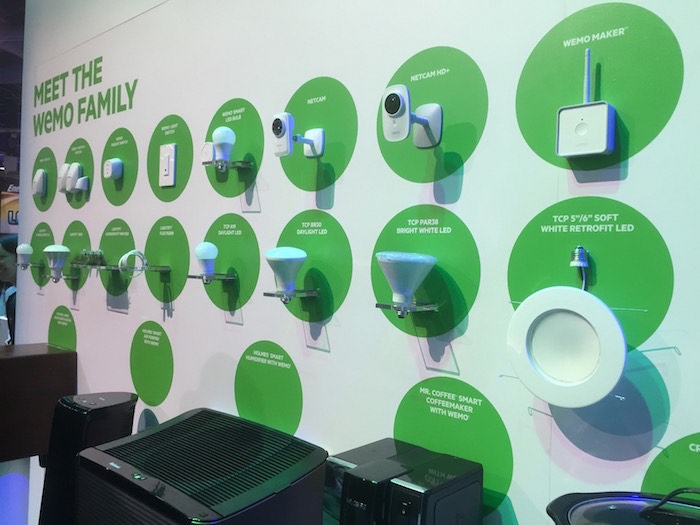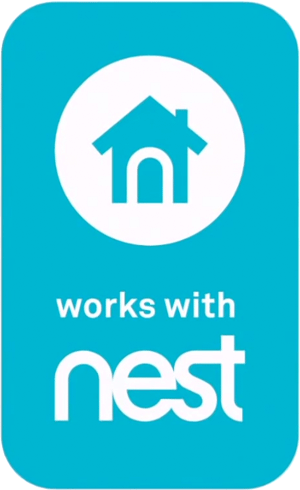 Home automation is starting to take off in the mainstream, mostly thanks to low-cost alternatives to custom systems; while there’s still a market for the integrated home automation system, for many consumers there’s a choice between entry level and midrange “network” products and “non-network” products. What does that mean and which type of product is right for you? Read on to find out.
Home automation is starting to take off in the mainstream, mostly thanks to low-cost alternatives to custom systems; while there’s still a market for the integrated home automation system, for many consumers there’s a choice between entry level and midrange “network” products and “non-network” products. What does that mean and which type of product is right for you? Read on to find out.
What is home automation?
To start to identify what’s right for you, we need to start at the beginning: what is home automation? Simply put it’s the use of technology to help accomplish basic tasks automatically. It started with Lutron and Crestron, among others, nearly 50 years ago. From basic dimmers to home automation processors, the market has grown. The biggest revolution has come with the advancements brought by the iPhone, the iPad, and Android OS; these smart devices have taken processing and interaction and put it in the palm of your hands.
Network versus non-network home automation products
There are two main types of products when it comes to modern entry and mid-range home automation: network products and non-network products. Here’s a spoiler for the rest of the article: I’m not going to definitively state that one is better than the other, because that’s just not the case. But we will go over the benefits and advantages of each type of product… and then we’ll talk about a third option that might be a good choice for those caught in the middle.
 Network products
Network products
“Network” smart home products are product lines where you as a customer are choosing a single, integrated brand of home automation gear. These includes brands like Skylink, Belkin WeMo and Insteon. Personally I have a Belkin WeMo network at home; in my case the network includes digital switches, smart power plugs, dimmers, and motion sensors, all tied into a single app. The benefit of having a network of products all from the same manufacturer it that you don’t need to jump around across multiple apps, and you can setup smart rules in that single app that reflect how you want to use the product. For me, I have my lights turn on automatically at 15 minutes before the sun goes down, and they turn off at 11:30PM at night. It was easy to setup a single rule and push it out to all of the products in my network that I wanted to obey that rule.
Not all network products rely solely on an app: some have an integration processor that run things in your home: Insteon is like that, using an inexpensive “hub” that handles the routing of the control for your home. The benefit of having a hub like this is that your automation still works if you have an internet outage, which may not be the case with some network products that rely on cloud servers to do the processing. The easy part of having a network product is that it’s generally easy to know what’s compatible with your network: buy your first product (in my case, a smart plug–that just turned on while I was writing this sentence) and built your network from there.
Non-network products
When it comes to non-network smart home products, there’s a lot of diversity available. There are many companies who are specializing in one particular type of product, without having a full network to go along with it. These types of products can include smart thermostats like Honeywell or Nest, or entry hardware like August Smart Locks, Weiser Kevo, Oki-Dokeys.

Personally I have a Weiser Kevo lock and a NEST fire alarm/CO2 sensor; while these products stand well on their own, they don’t necessarily connect with the other things that I have in my home automation system. My Kevo uses Bluetooth low energy to connect to my phone locally, but doesn’t connect with my network, and my NEST uses WiFi to communicate with my NEST app, but having those things natively trigger events inside my home can’t be done with the stand alone app.
 Works with Nest
Works with Nest
When Google purchased Nest there was a bit of consternation among Nest users like myself: I’m not very interested in Google having any more information about my life and my habits (if you’re not paying for what you’re using, you’re the product. Always remember that.) But Google and Nest have worked hard on a new platform that they call Works with Nest. This is a range of products that leverages your Nest account, and connects products together to make things happen, almost like a network product. It essentially makes a network, unified experience out of products from all different manufacturers. This includes my Kevo lock, or an August smart lock talking to a Nest Thermostat, or having the Automatic OBD-II sensor (not sold in Canada, sadly) in my car tell my network when I’m home. It can also work with garage door openers, security cameras, and other non-networked stuff.
 IFTTT
IFTTT
The final piece of the puzzle connects all of these things together: that’s IFTTT. IFTTT stands for “If this, then that” and it’s a smart scripting language / cloud service that allows all of your network and non-network stuff to work together in an intelligent way. My Belkin WeMo products support IFTTT directly, as do many of the products from Works with Nest. This, in essence, allows you to have the most direct control in an automatic way. You can drag and drop commands on the IFTTT website or through the IFTTT app, instantly building intelligent actions that are far beyond the inherent capabilities of any of these products or services alone.
So what’s my advice? Be like me and pick the products that you like the look of the most. Head into your local Best Buy and try out what they have in store, or check out the reviews online. Personally I can speak with authority about Nest Protect, Kevo, and Belkin WeMo … so those might be a good start for you too.



